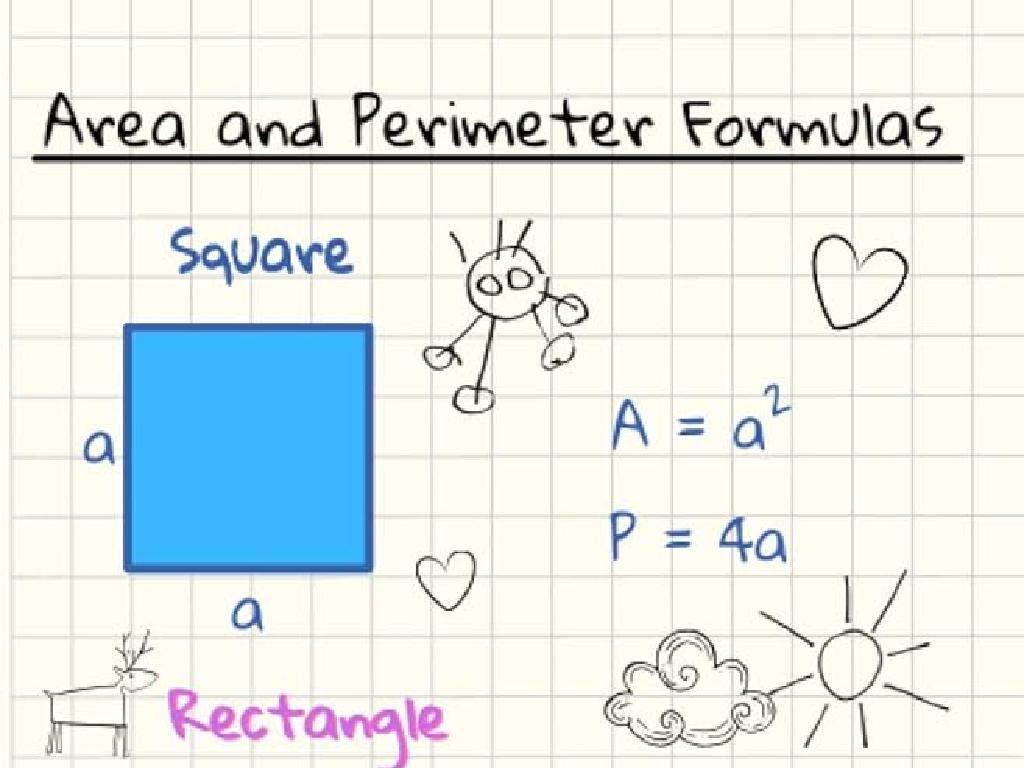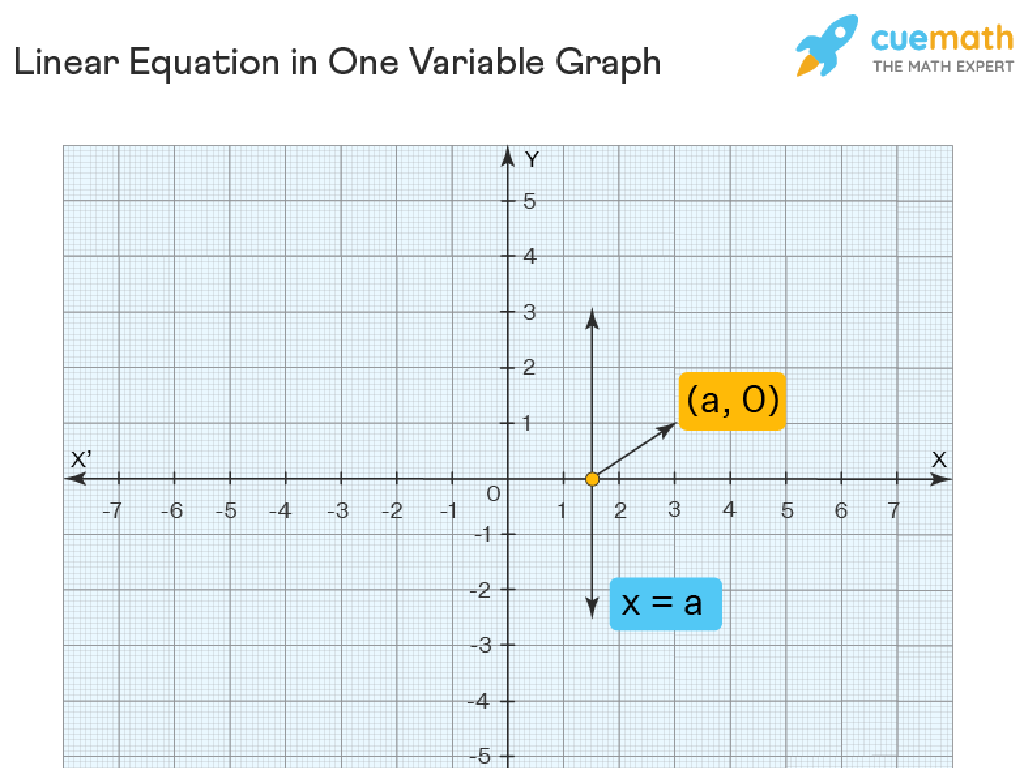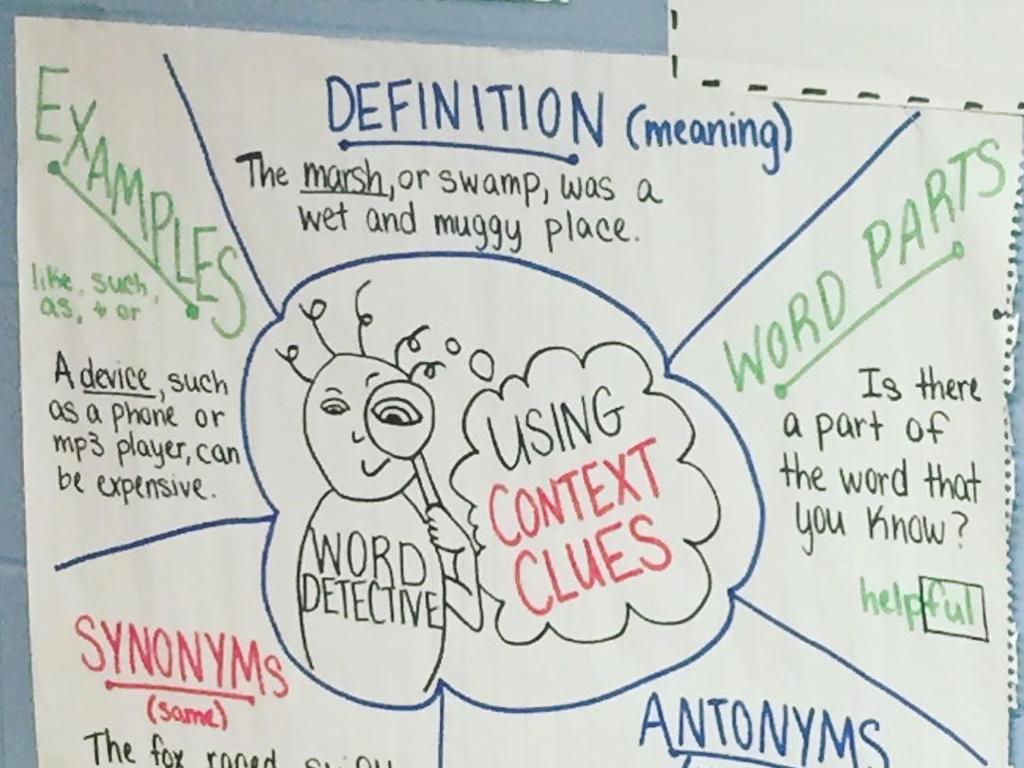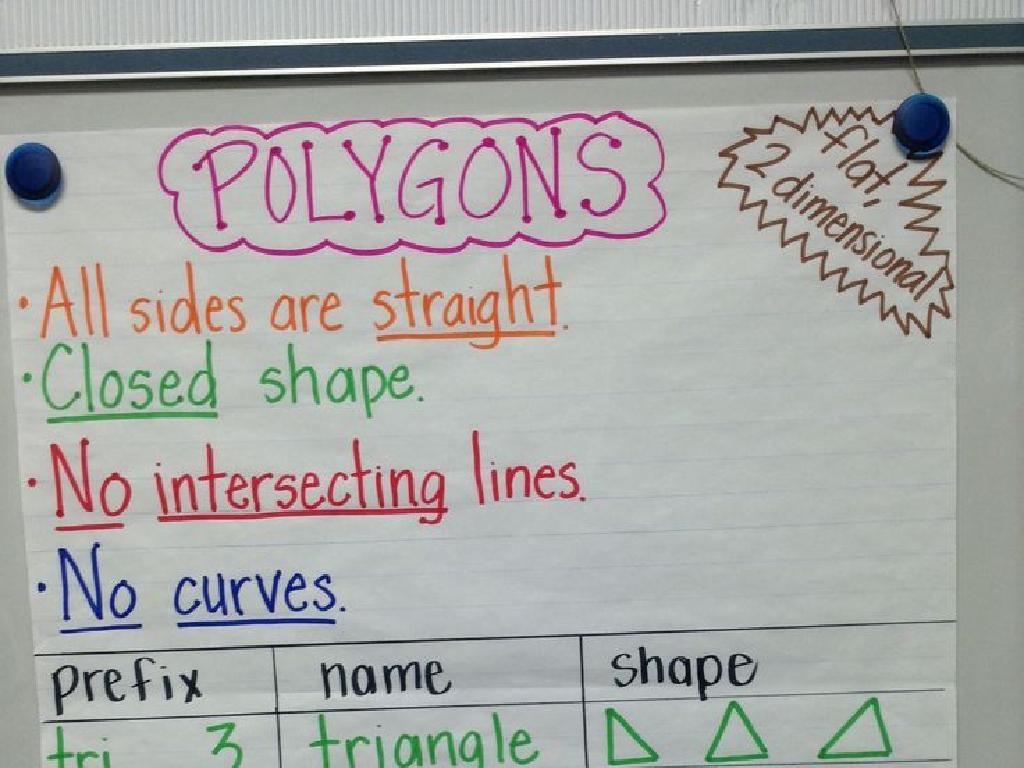Divide Fractions And Mixed Numbers
Subject: Math
Grade: Sixth grade
Topic: Divide Fractions
Please LOG IN to download the presentation. Access is available to registered users only.
View More Content
Introduction to Dividing Fractions
– Recap: What are fractions?
– Fractions represent parts of a whole
– Understanding division
– Division is sharing or grouping equally
– Importance of dividing fractions
– Helps solve real-world problems
– Applying division to fractions
– Use ‘invert and multiply’ method
|
Begin the lesson with a brief review of fractions, ensuring students recall that fractions represent parts of a whole and consist of numerators and denominators. Clarify the concept of division as a method of distributing or grouping items equally. Emphasize the importance of learning to divide fractions, as it is a skill that students will use in various real-world scenarios, such as cooking or dividing resources. Introduce the ‘invert and multiply’ technique, which is the method used for dividing fractions, and explain that they will practice this method in the following slides. This foundational understanding is crucial for students to confidently proceed with dividing fractions and mixed numbers.
Visualizing Fraction Division with Pie Charts
– Pie charts illustrate fraction division
– Visual aid for understanding how fractions are divided
– Divide fractions by whole numbers
– How to split a fraction into smaller parts
– Example: 1/2 ÷ 2
– Splitting 1/2 pie into 2 equal parts gives 1/4 each
|
This slide aims to help students visualize the concept of dividing fractions using pie charts. By seeing fractions as parts of a whole, students can better understand how division can split these parts into smaller sections. Start with explaining how pie charts can represent fractions, then show how to divide a fraction by a whole number by dividing the pie into more pieces. Use the example of dividing 1/2 by 2 to show that each person would get 1/4 of the pie if it were split between two people. Encourage students to draw their own pie charts for different fractions and practice dividing them by whole numbers to reinforce the concept.
Dividing Fractions: Invert and Multiply
– Understand inverting a fraction
– To invert a fraction, flip the numerator and denominator. For example, the inverse of 2/3 is 3/2.
– Multiply instead of dividing
– Instead of dividing fractions, multiply by the inverse of the second fraction.
– Example: 3/4 ÷ 2/3
– To divide 3/4 by 2/3, multiply 3/4 by the inverse of 2/3, which is 3/2. The result is 9/8 or 1 1/8.
|
This slide introduces the concept of dividing fractions by inverting and multiplying. Start by explaining that inverting a fraction means swapping its top and bottom numbers (numerator and denominator). Emphasize that division of fractions can be simplified by multiplying the first fraction by the inverse of the second. Use the example 3/4 divided by 2/3 to illustrate the process: invert the second fraction (2/3 becomes 3/2) and multiply it with the first fraction (3/4). The result is 9/8, which can also be written as 1 1/8. Encourage students to practice this method with different fractions to become comfortable with the process.
Dividing Mixed Numbers
– Convert mixed to improper fractions
– Change 2 1/2 to 5/2 and 1 1/3 to 4/3
– Use the invert and multiply rule
– Flip the divisor and multiply: 5/2 * 3/4
– Example: Divide 2 1/2 by 1 1/3
– 5/2 ÷ 4/3 = 5/2 * 3/4 = 15/8 or 1 7/8
|
This slide introduces students to the process of dividing mixed numbers. Start by converting mixed numbers into improper fractions, which makes them easier to work with in division. Demonstrate the ‘invert and multiply’ rule, where the divisor is flipped and the operation changes from division to multiplication. Provide a clear example with step-by-step calculations, such as dividing 2 1/2 by 1 1/3, to solidify the concept. Encourage students to practice this method with additional problems and ensure they understand how to simplify their answers.
Dividing Fractions: Practice Problems
– Problem 1: Divide 5/6 by 2/3
– Multiply 5/6 by the reciprocal of 2/3, which is 3/2
– Problem 2: Divide 3 3/8 by 1 1/2
– Convert mixed numbers to improper fractions, then multiply by the reciprocal
|
This slide is designed for a collaborative classroom activity where students will practice dividing fractions and mixed numbers. For Problem 1, guide the students to multiply 5/6 by the reciprocal of 2/3, which is 3/2. Walk them through the steps of multiplying the numerators and denominators and simplifying the result if possible. For Problem 2, demonstrate how to convert mixed numbers to improper fractions before multiplying by the reciprocal of the divisor. Encourage students to work through these problems in pairs or small groups to promote discussion and peer learning. Afterward, review the solutions as a class to ensure understanding. Possible variations of the activity could include having students create their own division problems or use visual aids to represent the fractions.
Class Activity: Fraction Division Relay
– Form teams for the relay
– Each member solves a step
– Work together to divide fractions
– Break down the problem, and each takes a part
– Race to finish first correctly
– Collaboration and accuracy lead to victory
|
This activity is designed to encourage teamwork and understanding of fraction division. Divide the class into small groups, and give each team a set of fraction division problems. Each team member will be responsible for solving a part of the problem. For example, one student simplifies the fractions, another finds the reciprocal of the divisor, the next multiplies the numerators, and the last multiplies the denominators. The first team to complete all steps correctly wins. Make sure to have a variety of problems ready for different teams. Encourage students to communicate effectively and check each other’s work for accuracy. This will not only help them understand the process of dividing fractions and mixed numbers but also the importance of collaboration.
Wrapping Up: Division of Fractions
– Recap of fraction division
We reviewed how to divide fractions and mixed numbers.
– Practice makes perfect
– Homework: Worksheet completion
Finish the provided worksheet on dividing fractions.
– Be ready to review answers
We’ll go over the worksheet in the next class.
|
As we conclude today’s lesson on dividing fractions and mixed numbers, it’s crucial to emphasize the importance of practice in mastering mathematical concepts. The homework assignment involves completing a worksheet that reinforces today’s learning objectives. Encourage students to attempt all problems and remind them that making mistakes is a part of the learning process. In the next class, we will review the worksheet answers together, allowing students to ask questions and clarify any misunderstandings. This review will help solidify their understanding of fraction division.






